AESTHETIC FACTORS - ARCHITECTURE IN INDUSTRIAL DESIGN
In the context of modern industry, integrating design into typically austere structures like factories not only beautifies the production space but also brings numerous benefits to employees and businesses. Art can inspire, enhance morale, and create a positive working environment that fosters creativity and innovation.
1. Architecture as a Part of the Brand
Integrating aesthetics into factory design can reflect the brand identity of the company. Thoughtfully selected artistic designs not only beautify the space and facade but also convey the brand's values. Consistency in architectural design with brand elements such as colors, imagery, and styles helps reinforce brand identity. Additionally, a distinctive architectural project can become a symbol for the brand, making it easy for customers to recognize and remember. For example, the Red Bull factory designed by Nicon uses bold colors and lines that clearly express the brand spirit.

Red Bull Factory
2. Creating a Creative Working Environment
- Open Spaces: Encourage collaboration and communication among employees, enhancing creativity and connectivity.
- Closed Spaces: Provide privacy and quiet for tasks requiring high concentration, suitable for activities that demand focus.
- Materials: Using environmentally friendly and easy-to-maintain materials helps create a comfortable and sustainable atmosphere.
- Colors: The colors of the workspace can impact employees' moods and creativity. Soft tones can promote relaxation, while bright colors can stimulate energy and creativity.
- Flexibility: Flexible design allows employees to change their working spaces according to their needs, such as shared work areas, meeting rooms, or relaxation spaces. This optimizes work efficiency and encourages creativity.
- Inspiration and Culture: Architecture can reflect the culture and values of the organization, inspiring employees and building brand identity. A workspace that showcases creativity and innovation can attract talent and retain employees.


Interior of Nicon's office. Lines and lighting influence the beauty of the brand and workspace.
3. Improving Work Mentality
A workplace designed with aesthetic elements can help reduce stress and enhance employees' morale. Studies show that a friendly and well-decorated work environment can increase job satisfaction and motivation. Aesthetics can create a positive atmosphere, contributing to lower stress levels and improved performance.

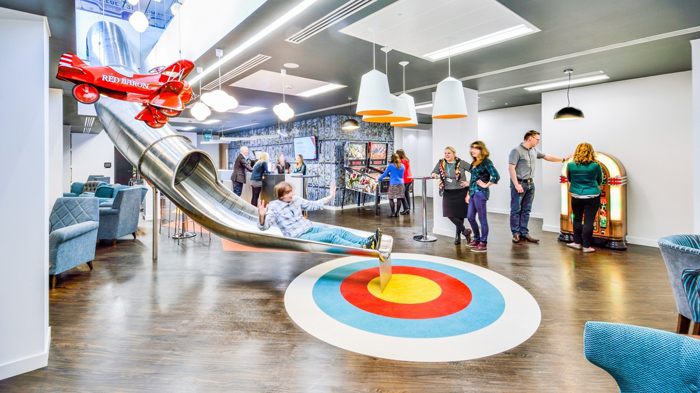
Google's office, creatively designed, enhances employee morale.
4. Integrating Green Spaces and Art
Combining green spaces and art in factory design not only adds beauty but also creates a healthier working environment. Gardens, greenery, and outdoor sculptures can become relaxation areas for employees, allowing them to recharge amid stressful working hours.
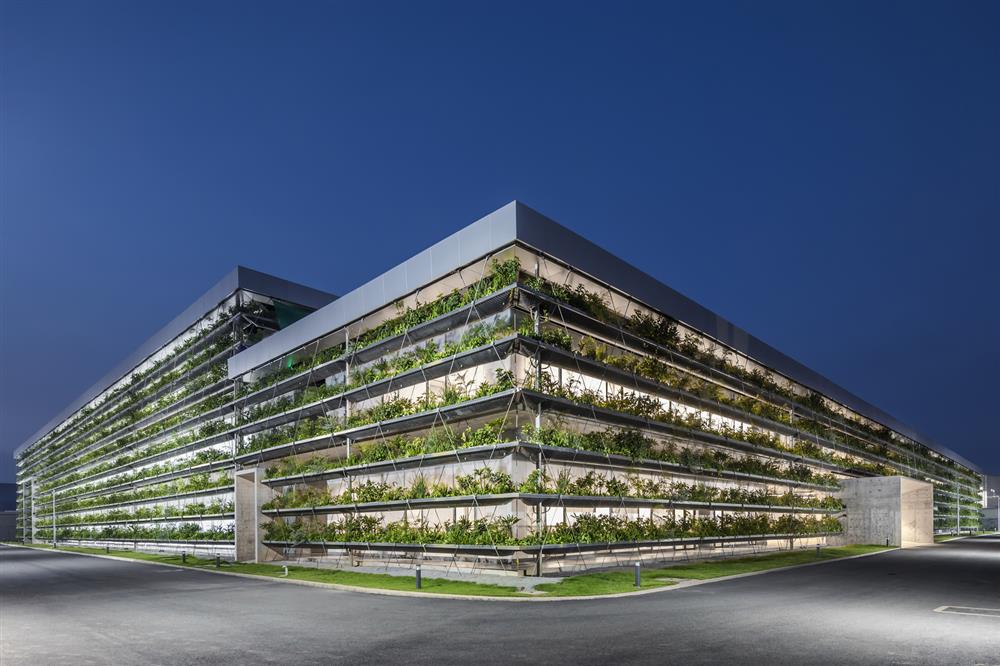
Jakob Factory
5. Connecting Community and Customers
A factory is not just a production site; it is also part of the community. It can incorporate commerce, exchange, and social interaction. Organizing spaces that connect with the community can enhance bonding among factory employees, including office staff, workers, and local residents. This not only creates a positive image for the business but also builds sustainable relationships with the community.
Conclusion
Integrating art into factory design is a strategic move that not only enhances aesthetic value but also brings numerous benefits to employees, businesses, and the community. A factory can be more than just a production site; it can become a creative, positive, and friendly space that contributes to sustainable development and improves the quality of life for everyone.
SUMMARY OF SOME FACTORIES WITH DISTINCTIVE DESIGNS AROUND THE WORLD
-
BMW Central Factory, Leipzig, Germany. The BMW Central factory in Leipzig, Germany, is one of the most modern and advanced production facilities of BMW. Here are some highlights about this factory:
- Modern Architecture: The factory was designed by the famous architect Zaha Hadid, featuring a futuristic architectural style and dynamic form. The structure is not only aesthetically pleasing but also optimizes the production process.
- Open Spaces: The open space design enhances communication and collaboration between departments while providing natural light and fresh air.
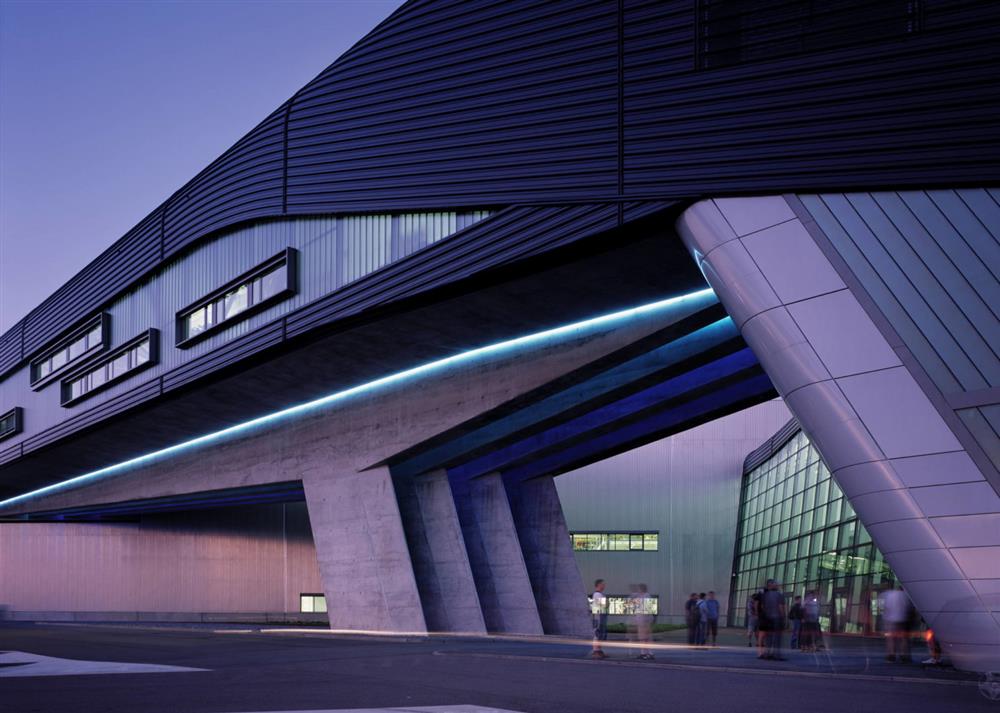

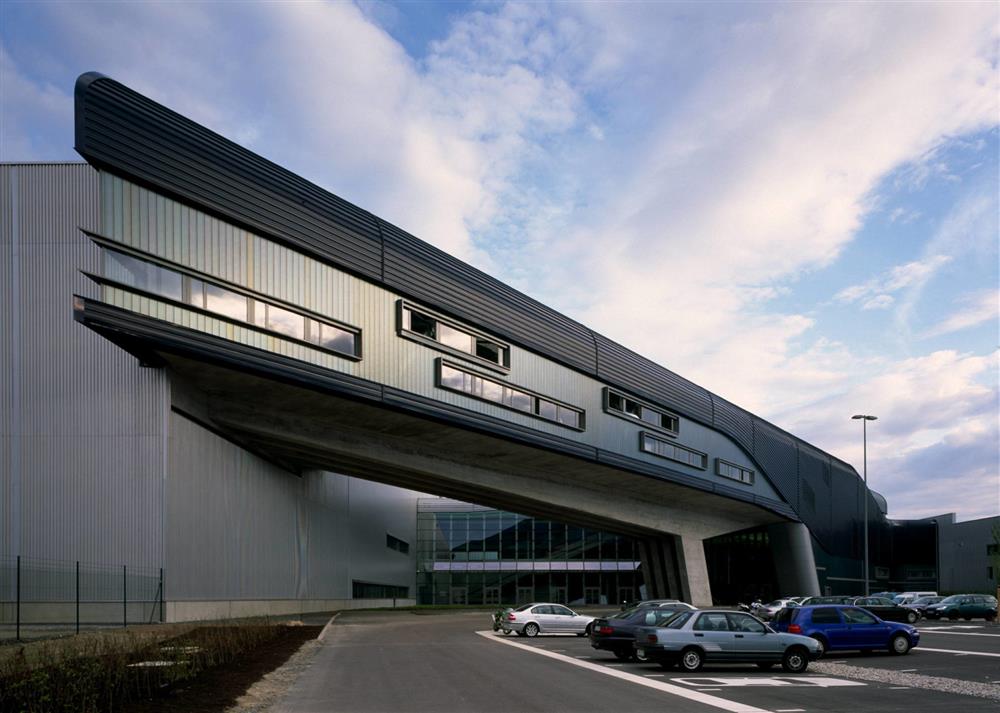
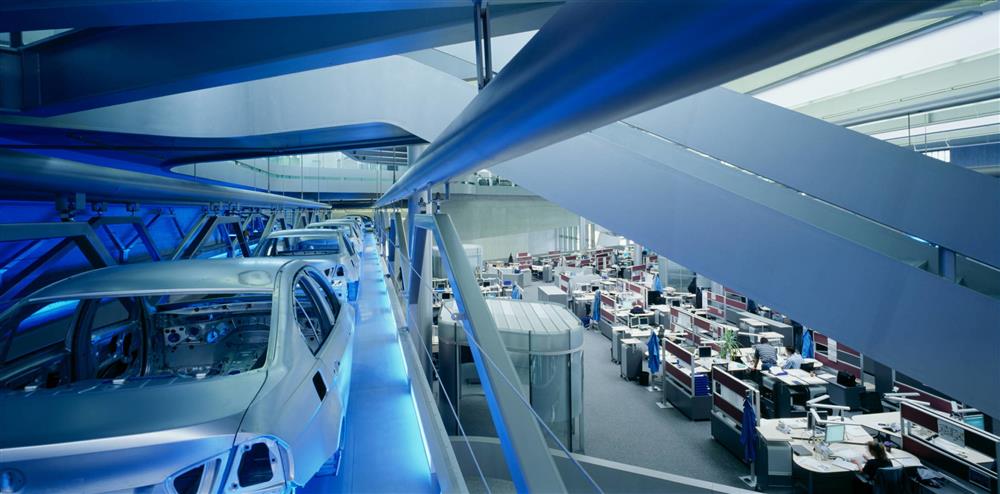
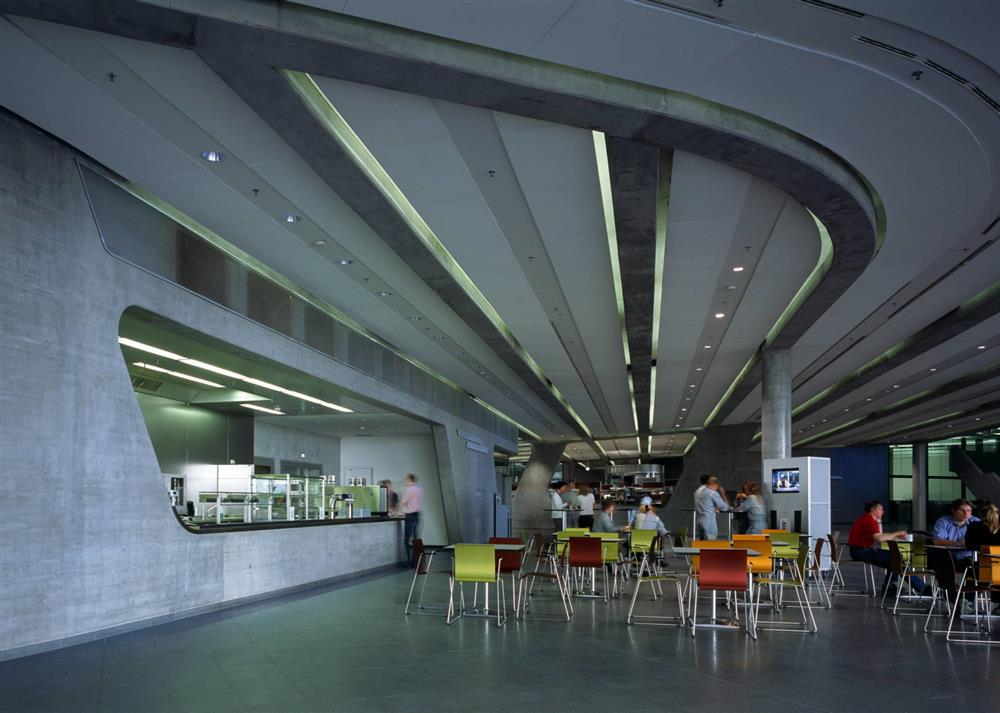
BMW Factory, Leipzig, Germany
-
Jakob Factory, Binh Duong Province, Vietnam. The exterior architecture of the Jakob factory in Binh Duong, Vietnam, reflects modern and functional elements in industrial design.
- Minimalist Architecture: The factory's exterior often features a minimalist design with simple and elegant lines, creating a modern and professional feel.
- Neutral Colors: The use of tones like gray and white for the structure, combined with surrounding greenery, helps create harmony and easily integrates into the surrounding landscape.
- Industrial Materials: The use of steel and concrete ensures durability and strong load-bearing capabilities, guaranteeing the safety and longevity of the structure.
- Open Structure: The design may include large windows that allow natural light to enter while connecting with the surrounding environment.

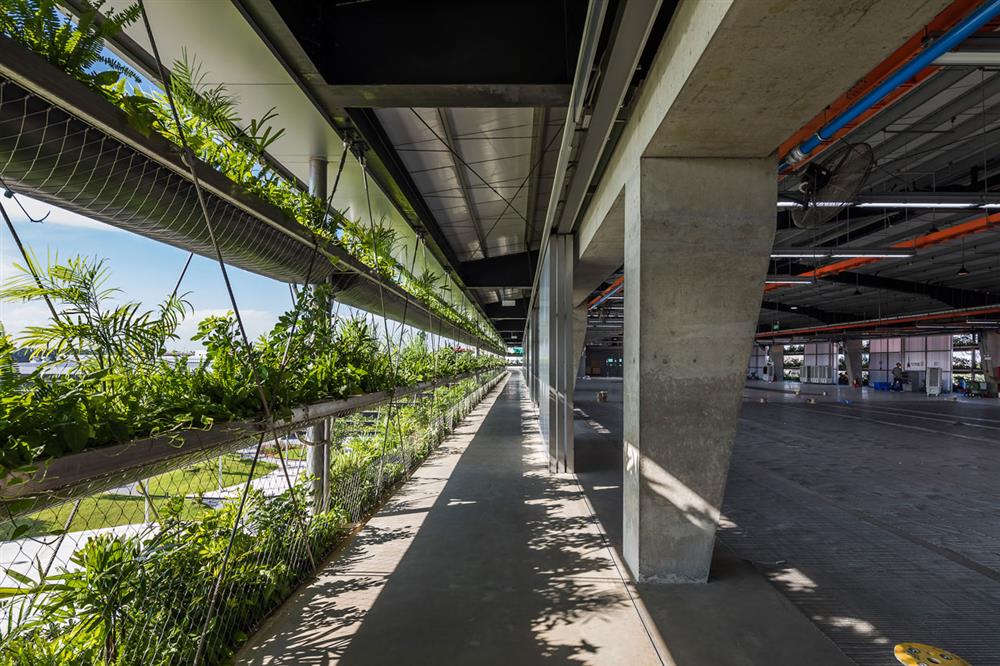
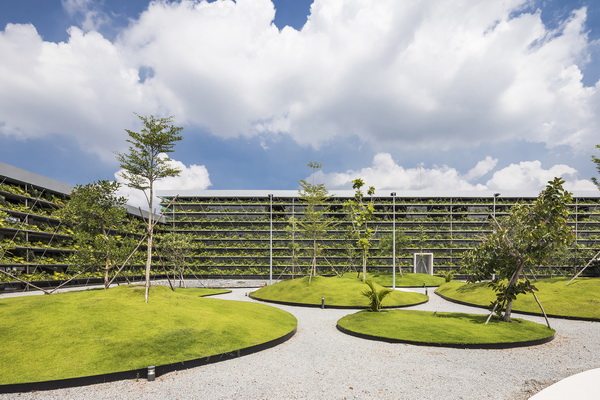
Jakob Factory, Binh Duong Province, Vietnam




